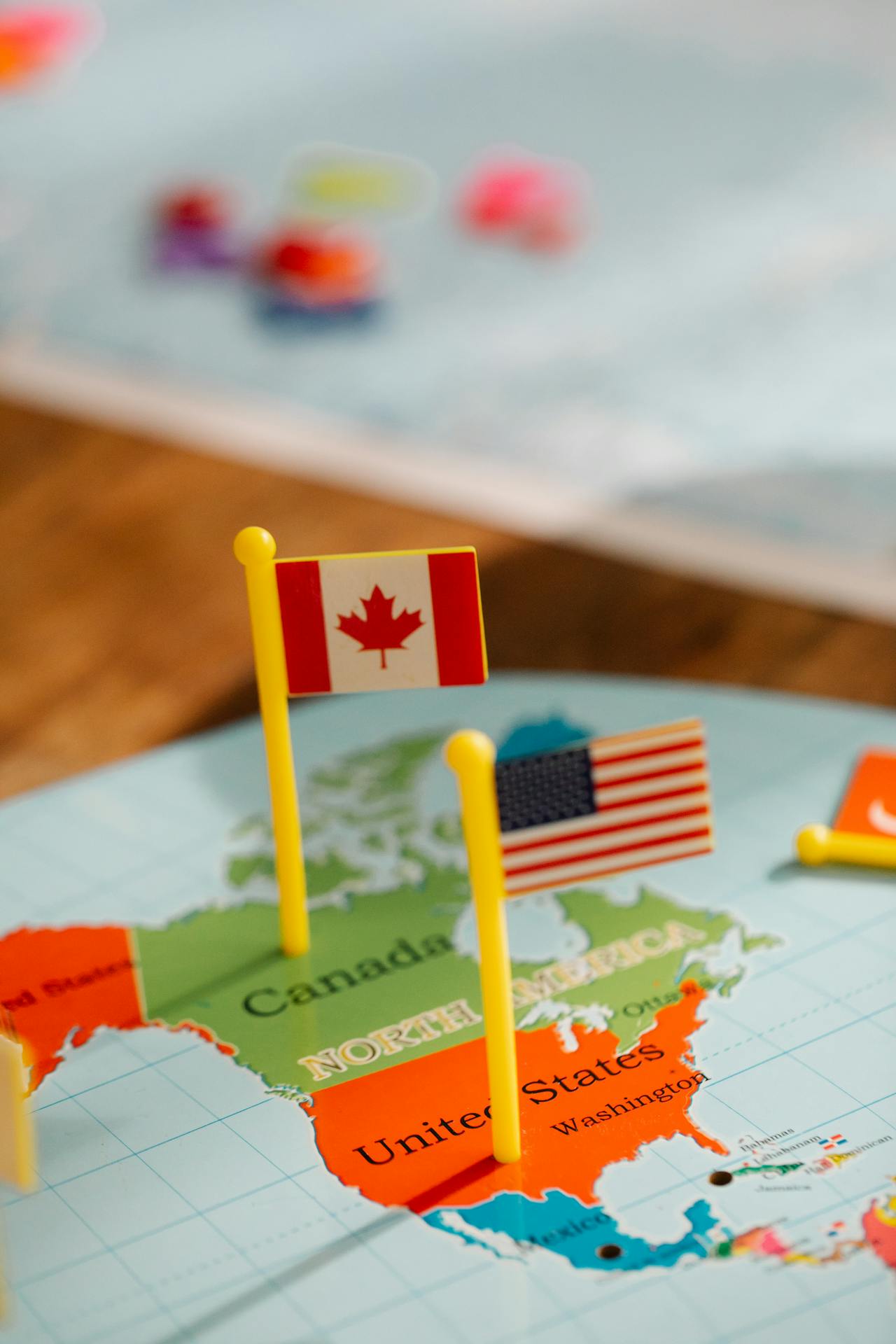Canada News
Negotiating the Beaufort boundary with the U.S. can serve as an example to the world

Ottawa and Washington are pushing through the comfortable inertia to resolve a boundary dispute that has been allowed to linger for nearly eight decades. (Pexels Photo)
In September, the Canadian and American governments announced a task force to negotiate the Beaufort Sea boundary, a longstanding bilateral disagreement, providing a welcome opportunity to showcase co-operation and collaboration in a world of heightening competition.
More than ever the world needs a positive-sum problem-solving mentality. While the Beaufort wedge may not have the historical significance or strategic importance of many of the world’s most critical territorial disputes, it can serve as an example of sensible accommodation and the value of compromise.
By modelling this in the Beaufort, Canada and the United States can reinforce the importance of diplomacy and the rules-based international order.
The timing is certainly right for the task force to do its work. The ocean and seafloor north of the Yukon-Alaska land border have been a source of disagreement since the 1940s.
Concave and convex contours
The issue is a legal-technical one.
Canada argues the land boundary should extend into the ocean and up to the North Pole. The Americans believe the offshore line should be defined by the contours of the coast, with the convex Alaskan coast and the concave Canadian coast producing an “equidistance” line that pushes the maritime boundary further east than Canada’s position.
This results in a “wedge” of 21,197 square kilometres of ocean and seabed in the Beaufort Sea.
Canadian and American negotiators tried to resolve the issue in the mid-1970s, first prompted by the discovery of oil and gas in the region.
At the time, the wedge and the surrounding Beaufort Sea were seen as a potential source of enormous wealth. The oil boom following the second Arab oil embargo pushed hundreds of millions in spending into the region and sparked visions of a new hydrocarbon bonanza.
In 1976, the federal Department of Energy anticipated the Beaufort Sea region providing half of Canada’s natural gas requirements by 1990. Four years later, Dome Petroleum projected 1.5 million barrels of oil per day by 2000. The area was alive with activity as resource companies built fleets of ice-strengthened drill ships and began exploring off artificial islands.
But the Beaufort dispute proved less of a priority than solving the Gulf of Maine dispute, with its proven fisheries and proximity to large populations. The Americans refused to seek a joint solution.
Ottawa’s great dreams for the Beaufort boom never came to pass, crushed by falling oil and gas prices in the 1980s. As that dream faded, so did the incentive to resolve the sticky question of maritime jurisdiction between the two Arctic neighbours.
The Northern oil rush is on hold
Today, all that Arctic oil seems destined to remain under the ice, regardless of where the boundary lies. Fracking has once again made oil easier to draw from Texas than the Arctic, while climate change and the need to cut emissions have made risky propositions out of hydrocarbon megaprojects, with their decades-long return on investment.
Where control of the Beaufort wedge was once about resources, today it is about politics and principle. No government wants to be seen ceding sovereign rights – including to an offshore exclusive economic zone or continental shelf.
Canada’s long – and sometimes comically ridiculous – sovereignty battle with Denmark over tiny Hans Island showed that to be true. But Hans Island ultimately set a valuable precedent. After years of removing one another’s flags and stealing whisky bottles, the two sides did what everyone knew had to be done: they divided the rock in half.
What made that move so impressive was not that either side really surrendered anything (Hans Island is devoid of life and resources), but that Canada and Denmark/Greenland were willing to negotiate over what they saw as national territory. Few governments are willing to take that political risk – far easier to set the problem aside and let it fester.
The announcement of a Beaufort Sea task force is important for similar reasons. Ottawa and Washington are pushing through the comfortable inertia to resolve a boundary dispute that has been allowed to linger for nearly eight decades.
Canadians may look back with relief at the timing of this initiative. While the Arctic oil and gas industry has come and gone, fresh industries appear on the horizon. New fish stocks are moving north as the Arctic warms.
Resolving this jurisdictional issue now and building a common approach to regional management may be crucial to ensuring that both Canadian and American interests are protected and do not lead to friction in an uncertain future.
This article first appeared on Policy Options and is republished here under a Creative Commons license.





















